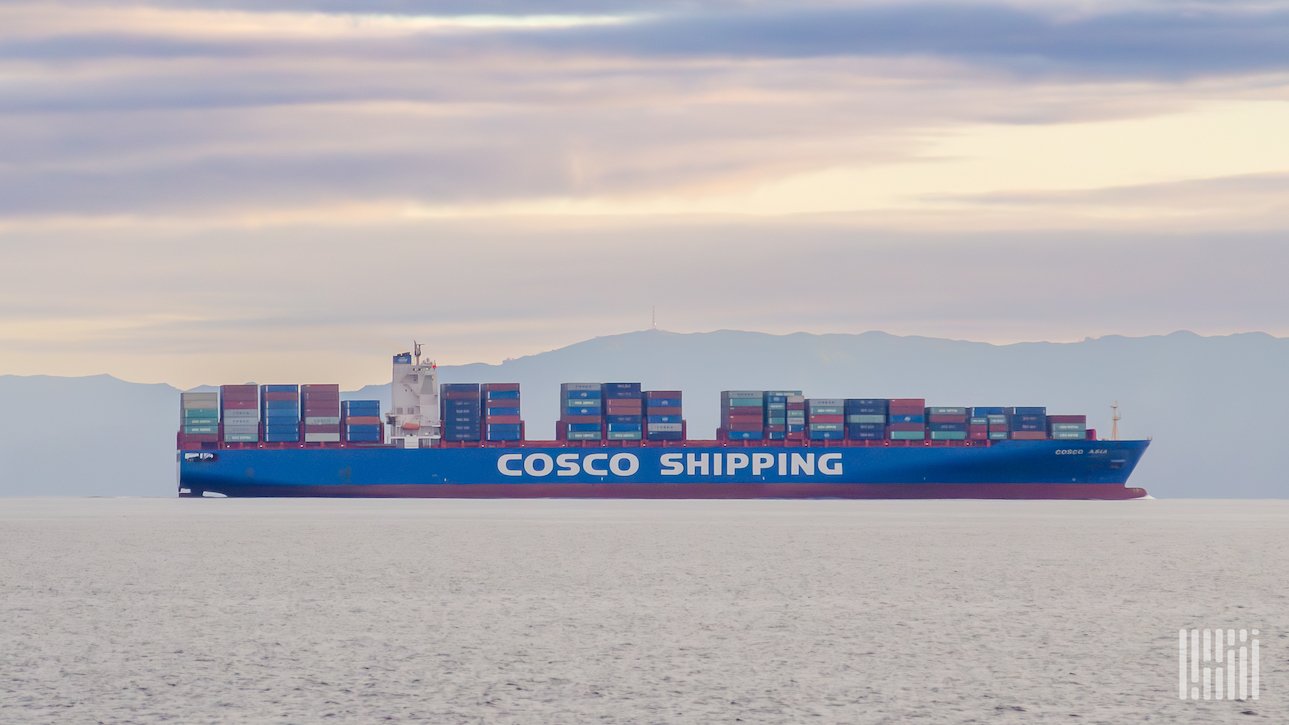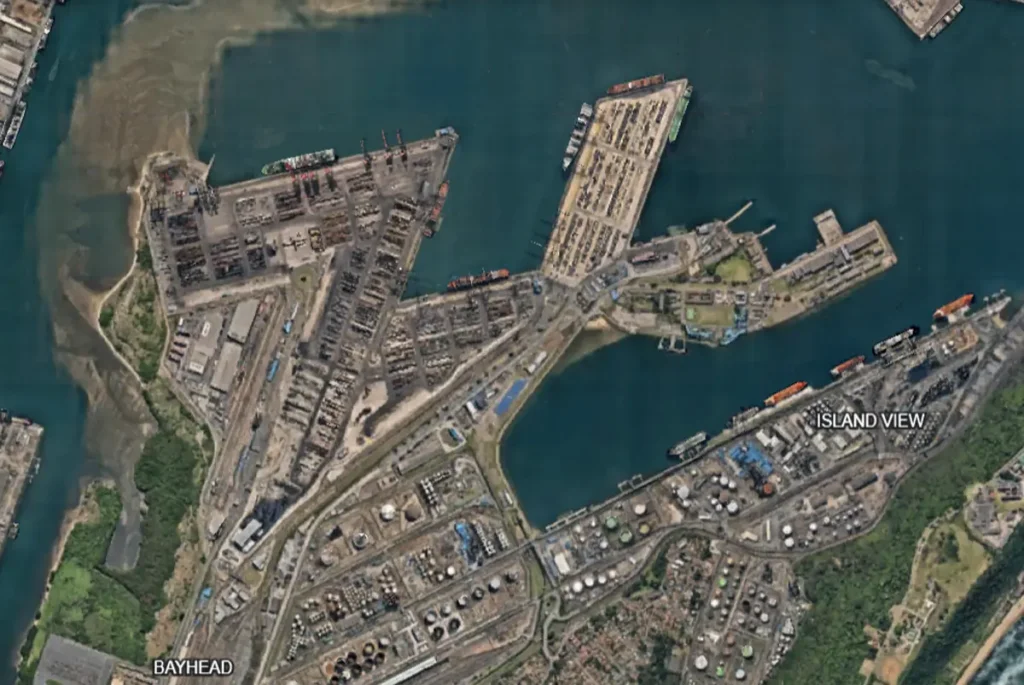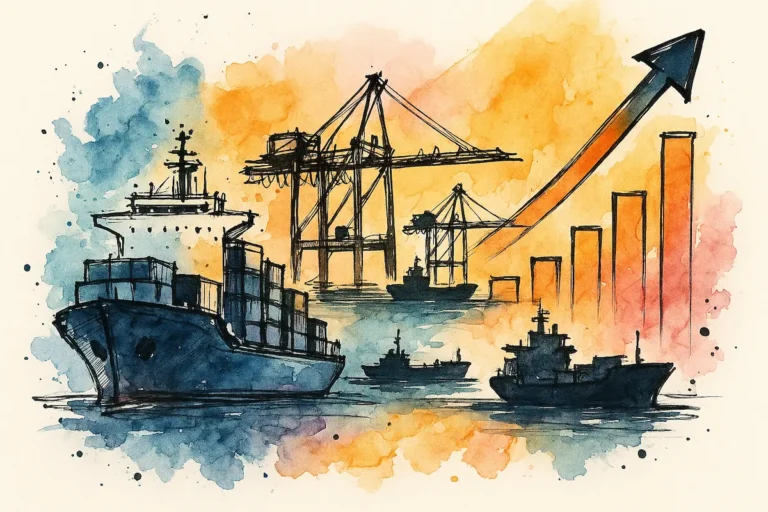In a significant development for the trucking industry, President Trump is set to sign an executive order requiring all truck drivers in the United States to demonstrate proficiency in English.This move is hailed as a step toward improving safety in the transportation sector but is expected to have far-reaching implications for trucking capacity nationwide. A truck weighing 80,000 pounds traveling on the highway with a driver unable to read signs or understand regulations poses significant safety risks.
Trump will sign an executive order mandating that all truck drivers in the US speak English proficiently.
This is a positive development for safety, but it will have a significant impact on trucking capacity and could help the industry right-size from excess capacity. pic.twitter.com/eN9l2N1OGW
— Craig Fuller 🛩🚛🚂⚓️ (@FreightAlley) April 28, 2025
The executive order could help address the industry’s current excess capacity by reducing the number of eligible drivers. While this may lead to a more efficient “right-sizing” of the sector, it will likely create short-term challenges as the industry adapts to the new requirements.
An insurance executive from one of the country’s largest firms estimated that 40% of truck drivers are first-generation immigrants and 10% of the total driver population lacks proficiency in English.
Meanwhile, ongoing trade tensions are beginning to disrupt domestic supply chains. This week marks a critical juncture, as U.S. ports are experiencing a noticeable decline in container ships and cargo volumes. The slowdown will first affect West Coast ports like Los Angeles and Long Beach, where officials told FreightWaves they expect a 35% drop in container volumes in the coming weeks. East Coast ports will likely follow in the weeks after, with the impact eventually reaching the Heartland as reduced cargo flows affect the Midwest and Southeast. This decrease in incoming goods is a direct result of the trade war and recently imposed tariffs.
It’s a massive week for domestic supply chains, as this is the first week where volumes of containers and ships that would have arrived are not expected to. pic.twitter.com/rtubaLLB9J
— Craig Fuller 🛩🚛🚂⚓️ (@FreightAlley) April 28, 2025
The combination of these factors—a potential reduction in truck drivers due to the language proficiency requirement and a decrease in incoming cargo—could create market volatility, first with the status of many truck drivers in question and second with the slowdown in cargo from imports.













